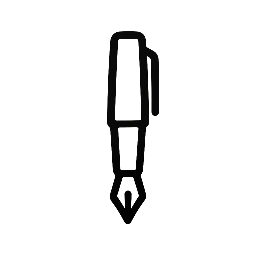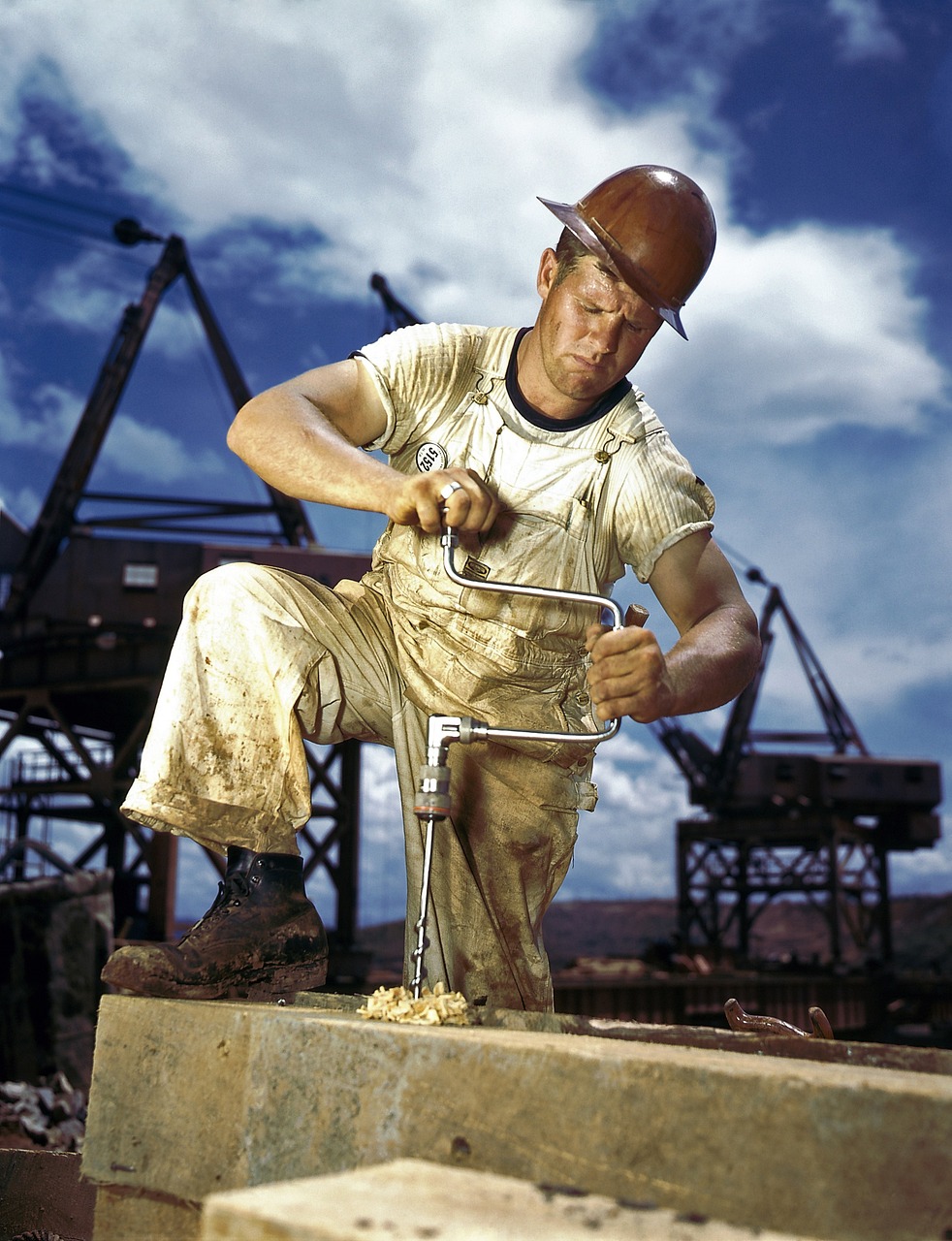Aluminum composite panels (ACP) are widely used in modern construction for their durability, lightweight nature, and aesthetic versatility. They consist of two thin aluminum sheets bonded to a non-aluminum core, combining strength with flexibility. This unique structure makes aluminum composite panels a preferred choice for cladding, signage, and interior design.
These panels offer resistance to weather, corrosion, and fire, which increases their appeal in both commercial and residential applications. Their ease of installation and ability to be shaped into various forms add to their practicality.
Understanding what aluminum composite panels are and how they perform helps clarify why they are prominent in building projects today. Exploring their features and uses reveals the benefits they bring to architects, builders, and designers alike.
What Is an Aluminum Composite Panel?
An aluminum composite panel (ACP) consists of multiple layers designed to combine strength, durability, and aesthetics. It is widely used in construction and signage for its lightweight yet robust features. Key elements include the core material, surface layers, and unique properties that distinguish it from other cladding options.
Core Composition and Materials
The core of an aluminum composite panel typically consists of polyethylene (PE) or a fire-retardant mineral-filled core. PE cores are standard for general applications but have lower fire resistance. Fire-retardant cores contain mineral additives to reduce combustibility and meet stricter safety standards.
Two thin aluminum sheets—usually 0.3 to 0.5 mm thick—sandwich this core. These skins provide surface protection and contribute to the panel’s strength. The materials are bonded with a strong adhesive to enhance structural integrity.
Surface coatings like PVDF (polyvinylidene fluoride) or polyester paint improve weather resistance, color retention, and durability. The combination of materials ensures ACPs offer a balance of lightweight structure and resilience.
Key Properties of Aluminum Composite Panels
Aluminum composite panels weigh around 3 to 5 kg/m², significantly lighter than solid aluminum sheets of similar thickness. This lightness facilitates easy handling and installation. ACPs also exhibit good rigidity and flatness, making them suitable for large-scale cladding.
Their weather resistance is notable, with coatings preventing fading and corrosion under UV exposure, rain, and pollution. They provide moderate thermal insulation and sound dampening, improving building performance.
Flexibility allows ACPs to be bent into curves without cracking. Additionally, they are low maintenance, requiring only occasional cleaning to keep their appearance. Fire performance varies by core; mineral cores meet higher safety protocols.
Comparison With Other Cladding Materials
Compared to solid metal panels, ACPs reduce weight and cost while retaining strong surface properties. They offer better flatness and uniformity than traditional steel or aluminum sheets.
When set against materials like fiber cement or stone, aluminum composite panels are much lighter and easier to work with. However, these alternatives provide higher natural fire resistance and impact durability.
In terms of aesthetic variety, ACPs surpass many cladding materials, offering diverse colors, finishes, and textures. This versatility makes them a preferred choice for modern facades and signage that require custom design along with performance.
Applications and Performance
Aluminum composite panels (ACP) are widely used across industries due to their combination of durability, lightweight, and design flexibility. They serve different functional needs while providing clean finishes and reliable long-term performance.
Architectural and Building Uses
ACP is commonly used for exterior cladding on commercial and residential buildings. It offers protection against weathering, corrosion, and UV radiation. The panels enhance thermal insulation and reduce energy costs through better temperature regulation.
The material allows for varied architectural designs, including curved facades and intricate patterns. Its fire-resistant properties meet safety standards in many urban developments. Besides walls, ACP is also employed in ceilings, partitions, and interior decoration.
Signage and Advertising
Sign makers use aluminum composite panels for their flat, smooth surfaces and ease of printing. The panels deliver clear, vibrant images and withstand outdoor exposure without fading or warping.
They are light enough to allow larger signs without excessive structural support. ACP also supports complex cuts and shapes, making it a preferred medium for branding, billboards, and indoor displays.
Panel Installation Methods
ACP panels can be installed using mechanical fastening, adhesive bonding, or a combination of both. Mechanical methods include rivets, screws, or clamping systems that provide secure attachment with ease of maintenance.
Adhesive bonding offers a cleaner look by eliminating visible fasteners, but it requires precision and suitable substrates. Mechanical fixing is preferred in high-wind or seismic areas for stability. Proper joint sealing is essential across all installation types to prevent water infiltration.


Leave a Reply